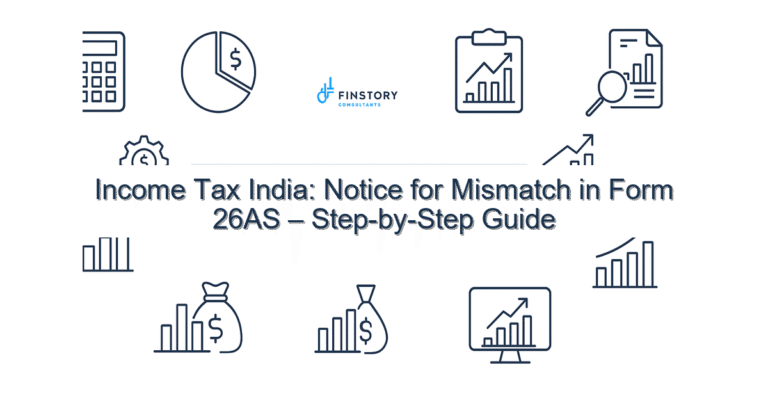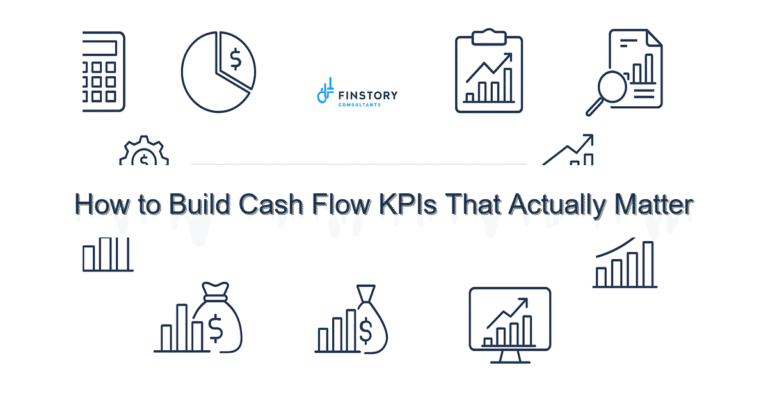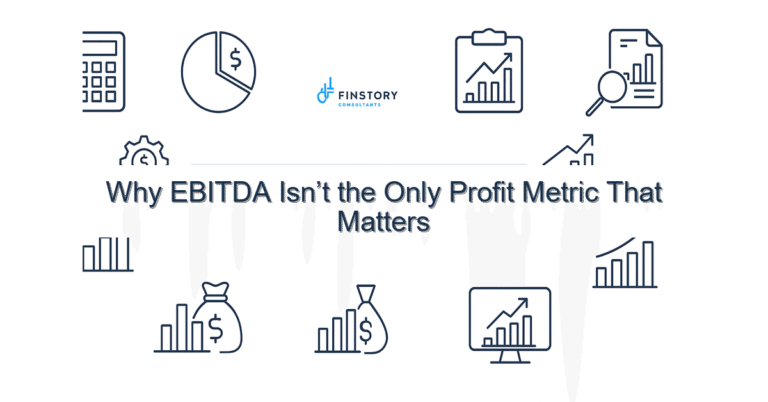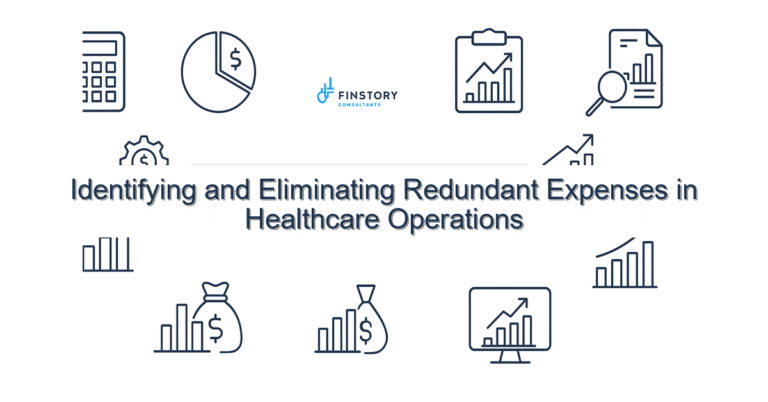The Hidden Value of Tracking Non-Financial KPIs in Healthcare
You measure revenue, margins, and cash flow every week. But when a clinic loses capacity because labs run late or patients no-show, the dollars quietly slip away. You’re not alone—operations and finance often miss the upstream signals that drive financial outcomes.
Summary: Tracking a small set of non-financial KPIs (patient flow, throughput, staff capacity, quality measures) lets leaders spot problems earlier, prioritize investments with confidence, and turn hidden waste into measurable savings—often improving margin and patient experience within a single quarter.
What’s the real problem?
Finance teams see the after‑effects: lower revenue, unexpected overtime, or a stretched cash forecast. Operations sees the friction every day: delayed discharges, overtime shifts, or cancelled procedures. But both groups often lack a shared set of timely signals that link operational causes to financial outcomes.
- Symptoms: frequent last‑minute schedule changes that inflate labor costs.
- Symptoms: slow lab or imaging turnaround that extends length of stay and blocks capacity.
- Symptoms: rising no‑show rates that reduce clinic utilization and forecast accuracy.
- Symptoms: staff burnout and turnover that drive agency spend and training costs.
What leaders get wrong
Leaders try to fix finance by cutting costs in the wrong places or by tightening budgets without understanding the operational levers. A few common missteps:
- Waiting for month‑end reports. By then the opportunity to prevent lost capacity is gone.
- Tracking too many metrics. Teams are overwhelmed and nothing changes.
- Measuring output, not bottlenecks. Counting discharged patients won’t expose why throughput stalled.
- Keeping finance and operations data in silos. The story gets lost in translation.
A better approach
Think of non‑financial KPIs as leading indicators—little sensors upstream of the P&L. A focused, repeatable process reveals where to invest and what to stop doing.
- Step 1: Choose 4–6 leading KPIs that map to cost drivers. Example: appointment no‑show rate, lab TAT, OR turnover time, average bed turnaround, clinician utilization.
- Step 2: Define a clear owner for each KPI (operations lead + finance partner) and a single source of truth for the data.
- Step 3: Create weekly dashboards with thresholds and automated alerts for exceptions.
- Step 4: Run rapid experiments—one change, measure the KPI, assess the financial impact within 30–60 days.
- Step 5: Embed learnings into budget cycles and capital decisions; prioritize projects by ROI driven from measured KPIs.
Short story: A mid‑sized hospital we worked with tracked lab turnaround (TAT) and ED hold time as primary KPIs. After stabilizing TAT from a 48‑hour backlog to under 24 hours, ED holds dropped 22%. That freed capacity, reduced overtime, and improved monthly revenue capture—payback on a small lab process investment in under 90 days.
Quick implementation checklist
- Pick 4–6 leading KPIs tied to volume, capacity, and quality this week.
- Assign data owners and a finance partner for each KPI.
- Agree on definitions and a single data source (EHR extract, LIS, scheduling system).
- Build a one‑page weekly dashboard (Power BI / Excel) with trendlines and thresholds.
- Set up one alert (email or Teams) for KPI breaches beyond a chosen threshold.
- Run one small, measurable test (e.g., reminder texts to reduce no‑shows) and measure impact.
- Estimate the financial effect of that KPI change and document assumptions.
- Present results to the next operational/finance huddle with clear next steps.
What success looks like
- Improved forecast accuracy: variance to budget falls from ±8% to ±3% within two quarters.
- Faster decision cycle: KPI to action time drops from monthly to weekly.
- Operational gains: reduce OR turnover time by 15–25%, increasing case capacity.
- Cost impact: measurable reduction in agency or overtime spend by 10–30% tied to better staffing utilization.
- ROI: small process improvements pay back in 1–3 months and scale across units.
Risks & how to manage them
- Risk: Bad data (misaligned definitions). Mitigation: Hold a one‑hour workshop to agree single definitions and document them.
- Risk: Too many KPIs, no focus. Mitigation: Start with 4–6; retire metrics that don’t drive decisions after 90 days.
- Risk: Change fatigue among staff. Mitigation: Run small, visible wins and communicate impact on workloads and patient care.
Tools & data
Make reporting low‑friction. Use finance automation for cost mapping, Power BI for interactive dashboards, and tie outputs into leadership reporting cadence. Integrate EHR extracts, lab and imaging systems, and scheduling data so finance can translate operational shifts into dollars automatically. Automate simple alerts (email, Teams) so leaders only act on exceptions.
Next steps
If you want a practical next step, schedule a 60‑minute diagnostic: we’ll map your current KPIs, identify 4–6 high‑impact leading indicators, and sketch a dashboard you can stand up quickly. This isn’t theory—it’s about turning day‑to‑day friction into predictable margin improvement.
Work with Finstory. If you want this done right—tailored to your operations—we’ll map the process, stand up the dashboards, and train your team. Let’s talk about your goals.
📞 Ready to take the next step?
Book a 20-min call with our experts and see how we can help your team move faster.
Prefer email or phone? Write to info@finstory.net
or call +91 44-45811170.





